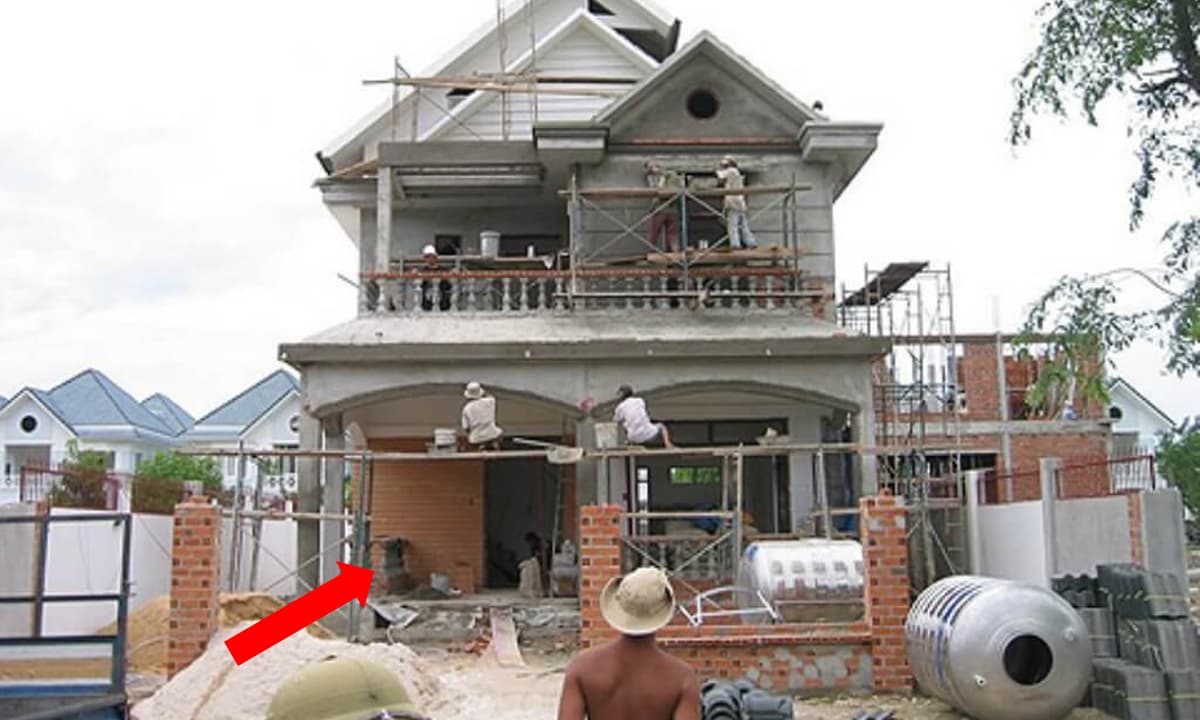The U.S. Space Force Seeks Industry Proposals for Space-Based Missile Defense Systems

In May, President Donald Trump selected a design for the Golden Dome—a space-based defense system designed to protect the U.S. from foreign missiles. Though some experts consider it a pipe dream, Trump claims he can build it in three years. The United States Space Force is already getting the ball rolling.
According to a June 27 request for information (RFI), the Space Force is conducting market research on space-based interceptor capabilities for missile defense. The RFI aims to gather information on existing technologies and strategize the construction of a large constellation of satellites armed with interceptors, i.e. Golden Dome. Though it is not a request for proposals, this RFI underscores the Space Force’s commitment to Trump’s fantastically short timeline for Golden Dome’s construction.
Equipping satellites with rocket launchers or lasers so they can shoot down enemy ballistic missiles isn’t a new concept. Ronald Reagan was the first U.S. president to propose such an idea, presenting it as the Strategic Defense Initiative in 1983. At the time, critics likened the system to attempting to shoot a bullet with another bullet. The technology to support it didn’t exist, and it required the militarization of space, which national treaties previously prohibited.
Fast-forward nearly 50 years: Trump has dusted off Reagan’s Strategic Defense Initiative and given it a shiny new name. He unveiled the first details of the Golden Dome project alongside Defense Secretary Pete Hegseth during an Oval Office briefing on May 20. While it bears similarities to Israel’s Iron Dome system, the Golden Dome would be far more expansive—and expensive.
This unusually large and complex space shield would consist of a vast network of satellites capable of detecting, tracking, and intercepting incoming missiles, in addition to a smaller fleet of offensive satellites, Reuters reports. Trump claimed that building the selected design would cost $175 billion and take about three years. Both the budget and timeline conflict with a Congressional Budget Office assessment, which estimated the project could take 20 years and cost $524 billion.
Even before the May announcement, the Pentagon was mulling over Trump’s Golden Dome plans. In April, Reuters reported that the Missile Defense Agency (MDA) and Space Force were holding a series of meetings with defense contractors to discuss space-based interceptors. In a notice, they asked companies to provide information about actual or conceptual space-based interceptors that would shoot down intercontinental ballistic missiles during their “boost phase”—their gradual ascent through the atmosphere. The Pentagon also expressed interest in concepts that can intercept targets in the early stages of flight, such as just after launch or during midcourse, that could eventually enable boost-phase intercepts. Currently available defense technologies only target enemy missiles while they travel through space. In May, the MDA issued a draft solicitation notice for a 10-year, $151 billion multiple-award contract vehicle to support Golden Dome.
The RFI issued Friday appears to mark the next phase of this early development. “The purpose of this RFI is to identify existing space-based missile defense capabilities and strategize on an architecture of a proliferated [space-based interceptor] constellation capable of boost-phase, mid-course-phase, and glide-phase intercepts,” the notice reads. “The strategy requires the U.S. industrial base to work together in developing the capability to defend the homeland, utilizing mature technologies, established production lines, and proven capabilities,” it goes on to say. After reviewing responses, the Space Force may meet with select companies to discuss next steps.
While the Pentagon is taking steps toward making Trump’s Golden Dome dream a reality, it’s still mostly theoretical. Detractors have raised concerns about the project’s technical feasibility, cost, and other hurdles. Nevertheless, space and defense companies are already jostling to get in on the action, and the project has gained some political and budgetary support. Whether this will be enough to get it off the ground remains to be seen.








